Premium Only Content
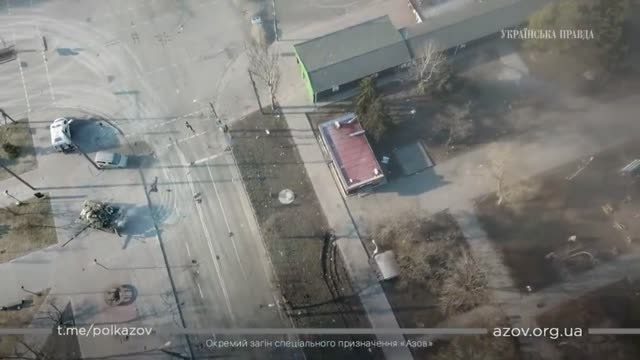
Ukrainian troops with ATGM destroyed tank of Russian invaders during battle of Mariupol, March 2022
In March and April 2021, Russia began a major military build-up near the Russo-Ukrainian border. A second build-up followed from October 2021 to February 2022, in both Russia and Belarus. Members of the Russian government repeatedly denied having plans to invade or attack Ukraine; including government spokesman Dmitry Peskov on 28 November 2021, Deputy Foreign Minister Sergei Ryabkov on 19 January 2022, Russian ambassador to the US Anatoly Antonov on 20 February 2022, and Russian ambassador to the Czech Republic Alexander Zmeevsky on 23 February 202] Putin's chief national security adviser, Nikolai Patrushev, believed that the West had been in an undeclared war with Russia for years. Russia's updated national security strategy, published in May 2021, said that Russia may use "forceful methods" to "thwart or avert unfriendly actions that threaten the sovereignty and territorial integrity of the Russian Federation". Sources say the decision to invade Ukraine was made by Putin and a small group of war hawks in Putin's inner circle, including Patrushev and Russian Defence Minister Sergei Shoigu. During the second build-up, Russia demanded that the US and NATO enter into a legally binding arrangement preventing Ukraine from ever joining NATO, and remove multinational forces from NATO's Eastern European member states.[86] Russia threatened an unspecified military response if NATO followed an "aggressive line".These demands were widely seen as non-viable; new NATO members in Central and Eastern Europe had joined the alliance because they preferred the safety and economic opportunities offered by NATO and the EU, and their governments sought protection from Russian irredentism.A formal treaty to prevent Ukraine from joining NATO would contravene the treaty's "open door" policy, despite NATO's unenthusiastic response to Ukrainian requests to join.[89] Emmanuel Macron and Olaf Scholz made respective efforts to prevent the war in February. Macron met with Putin but failed to convince him not to go forward with the attack. Scholz warned Putin about heavy sanctions that would be imposed should he invade Ukraine. Scholz, in trying to negotiate a settlement, also told Zelenskyy to renounce aspirations to join NATO and declare neutrality; however, Zelenskyy said Putin could not be trusted to uphold such an agreement.On 24 February, before 5:00 a.m. Kyiv time,Putin announced a "special military operation" in eastern Ukraine and "effectively declared war on Ukraine." In his speech, Putin said he had no plans to occupy Ukrainian territory and that he supported the right of the Ukrainian people to self-determination.He said the purpose of the "operation" was to "protect the people" in the predominantly Russian-speaking region of Donbas who he falsely claimed that "for eight years now, been facing humiliation and genocide perpetrated by the Kyiv regime".Putin said that Russia sought for the "demilitarisation and denazification" of Ukraine. Within minutes of Putin's announcement, explosions were reported in Kyiv, Kharkiv, Odesa, and the Donbas region.An alleged leaked report from within the FSB claimed that the intelligence agency was not warned of Putin's plan to invade Ukraine.] Immediately following the attack, Zelenskyy declared martial law in Ukraine.The same evening, he ordered a general mobilisation of all Ukrainian males between 18 and 60 years old who were prohibited from leaving the country.Russian troops entered Ukraine from the north in Belarus (towards Kyiv); from the north-east in Russia (towards Kharkiv); from the east in the Donetsk People's Republic and the Luhansk People's Republic; and from the south in Crimea.Russian equipment and vehicles were marked with a white Z military symbol, believed to be a measure to prevent friendly fire.
-
 LIVE
LIVE
SavageJayGatsby
19 hours agoFriend Friday | MicroWorks | $300 Weekly Goal for Spicy Bite Saturday | 250 Follower Goal!
58 watching -
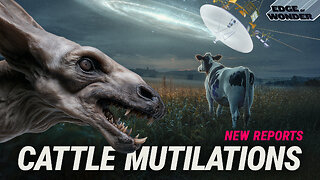 LIVE
LIVE
Edge of Wonder
3 hours agoCattle Mutilations, Chupacabra Sightings & NASA’s Voyager Goes Dark?
271 watching -
 LIVE
LIVE
Mally_Mouse
22 hours agoFriend Friday!! 🎉 - Let's Play! - Microworks
138 watching -
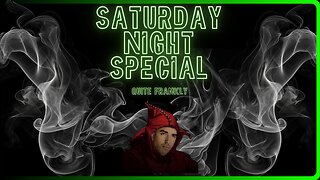 LIVE
LIVE
Quite Frankly
2 days agoHookah Special: Found Footage, Workplace Folly, More Cringe Music Vids (8/23/25 Re-Run)
382 watching -
 LIVE
LIVE
LFA TV
13 hours agoLFA TV ALL DAY STREAM - FRIDAY 8/29/25
792 watching -
 12:38
12:38
AlaskanBallistics
19 hours agoNutrek Optics Coppertag 5-25x56mm Review
2.35K -
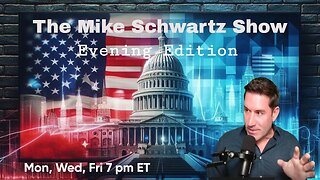 LIVE
LIVE
The Mike Schwartz Show
4 hours agoTHE MIKE SCHWARTZ SHOW Evening Edition with Guests Dr. PETER MCCULLOUGH and JOHN LEAKE
4,200 watching -
 1:01:41
1:01:41
BonginoReport
9 hours agoAI & The Woke Indoctrination Ruining Childhood - Nightly Scroll w/ Hayley Caronia (Ep.123)
76.1K16 -
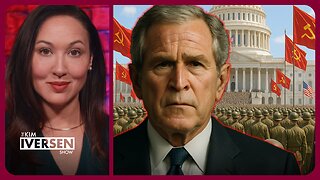 1:17:29
1:17:29
Kim Iversen
6 hours agoTrotskyite Neocons: How MARXISTS Built the Modern GOP
80.1K113 -
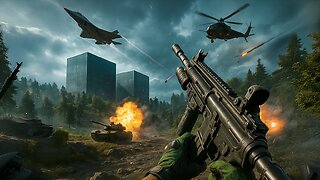 4:11:58
4:11:58
StoneMountain64
5 hours ago#1 Battlefield Mastery Session with the BOYS
19.9K1